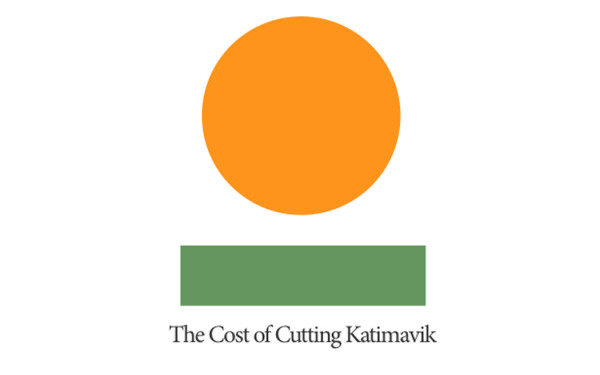Budget Coverage Slanted Penny-Wise
As the Conservative budget came down last week, the media was aflutter with the numeric details as they emerged. Curiously, there was one story in particular that gained traction in the Canadian consciousness, and that was the announcement that the copper coin, our penny, is going out of circulation starting this fall.
It’s amazing the amount of ink devoted to the death of the penny when you think about it, especially considering the government laid out $5.2 billion in spending cuts, axed 19,200 public-service jobs, lifted regulations on natural resources and spent $8 million targeting and regulating the dissent of oil opponents and activists.
But for whatever reason none of these things—at least from a cursory look at the front pages and Twitter feeds of the Canadian mass media—got as much play as the penny. Why was that? Are we really that distracted by shiny objects?
In the grand scheme of all things monetary, this news was perhaps worthy of a simple news brief, when you consider where our money is actually being penny-pinched.
It isn’t only in the realm of national politics lately that little-picture numbers like these dominate the collective conversation about our news.
Take a look at the provincial situation, for example; this entire tuition debate has inexplicably hinged almost exclusively on the $1,625 figure, but anyone who has been following the story knows, in financial terms, that it’s about way more than that.
It’s easy to typecast students as spoiled and whiney brats if you’re only looking at this situation with a frame of two thousand bucks. This might also be why the bigger numbers at play haven’t taken to as much scrutiny or public cognizance.
What about the estimated 7,000 students over the next five years who aren’t going to be able to afford a post-secondary education? And what’s the value on a 40-year history of Quebec’s unique accessible culture?
How many students’ tuitions could be paid with the roughly $70K the Liberals spent on Google Searches and websites? Also, where the heck is the heat on the rest of this provincial budget?
You’d think the public would demand the same critical attention be given to the nebulous $160 million slated for the government-administered “Fonds pour l’excellence” that will oversee university targets, or as much nitpicking over the $530 million slated for programs.
Where is this analysis? Do we actually think the government is capable of handling this money, considering they are the architects for a public debt that is out of control? Yet, time and time again, it’s the $1,625 brought up without context.
Nowhere in the headlines will you read that so-called underfunded universities account for only 0.76 per cent of all of Quebec’s $400+ million deficit, and certainly free education is never set up as a value against the nearly $5 billion in tax relief the government has given to corporate and individual incomes since 2000.
There is a serious lack of critical number-crunching in this province and in this country, and the penny is just another example of it. To a degree, perhaps it makes sense: numbers aren’t exactly media-sexy, and most people don’t like reading budgets.
But understanding our financial dire straits is more important now than ever, especially as these budgets set our province and our country on a path of austerity that will have real social and cultural implications for our futures.
It is time for us to make a concerted effort to follow the money.
This budget has proven how easy it is to throw around small figures and make a splash—especially shiny, copper figures—and this is dangerous. We must demand more of our government, our journalists and ourselves to get to the bottom of these numbers.


_600_832_s.png)


__600_375_90_s_c1.jpg)
__600_375_90_s_c1.jpg)